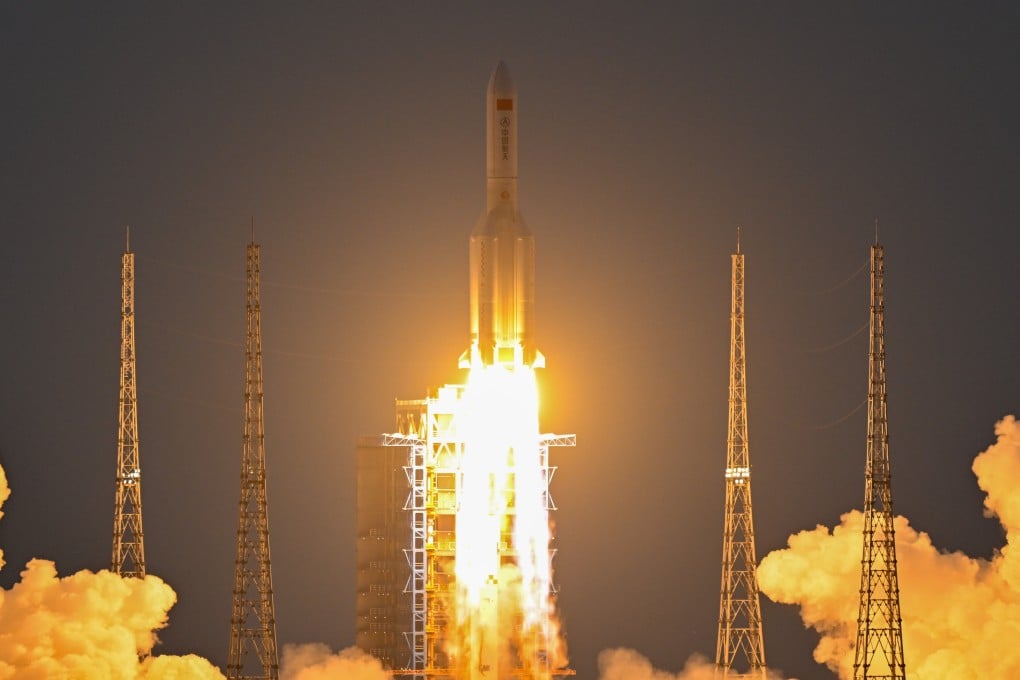How the launch of China’s GuoWang satellites differs from its US Starlink rival
Details have emerged on the key distinctions between China’s recent internet satellite launch and SpaceX’s constellation

The arrangement resembled a stationary two-level drop tower at an amusement park, with a load-bearing cylinder at the centre and “seats” evenly distributed radially on each level, according to a mission patch seen by the South China Morning Post.
The deployment process was just as distinctive. The GuoWang satellites were released in two separate groups, with the Yuanzheng-2 upper stage making precise adjustments between releases to minimise the risk of collisions, according to CALT.
“During the separation phase, the ‘passengers’ were divided into two groups to ‘disembark’ one after the other, with each group separating simultaneously,” CALT said. “After the first group disembarked, the Yuanzheng-2 upper stage adjusted its attitude, rotating to a specific angle to create favourable conditions for the separation of the next group.”
